https://99percentinvisible.org/episode/art-imitates-art/
EPISODE 478
Art Imitates Art
There’s a phrase originating in Shenzhen, China translates to: “Time is money, efficiency is life” — and over the last forty years the city has wasted no time in becoming one of the most productive manufacturing hubs in the world. But along with making 90% of the world’s electronics, it’s also a place that is known for producing lots of convincing, high-end knock-offs. Shenzhen even has a mall that’s famous for its faux versions of big designer brands.
But there’s a small neighborhood within Shenzhen that leaves visitors rethinking the line between “fake” and “authentic.” It’s an area known for mass-producing copies of the most celebrated works of Western art, all painted quickly and by hand. The place is called Dafen Village.
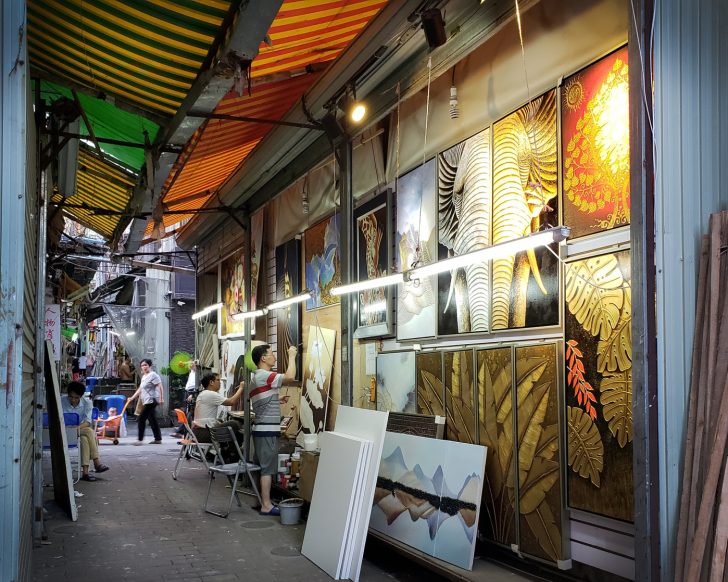
People typically think of the craft of oil painting as a slow, meticulous and even romantic process, but the pace is dramatically different in Dafen. At its height, 60% of the world’s oil paintings were made in this .four square kilometer village by Chinese workers. This type of manufacturing is called trade painting, which is not necessarily capital-A “Art” — it doesn’t command the same kind of respect because it’s made quickly and cheaply in order to sell as generic decor.
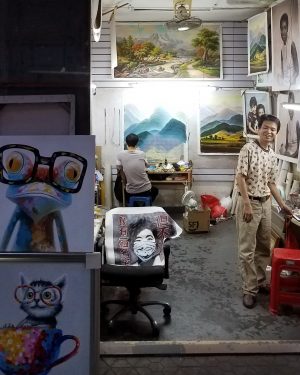
There is a very good chance that you’ve been in the presence of a painting made in Dafen. Perhaps you passed by one at the dentist’s office, or in a conference room of a Marriott in Orlando. You may have even hung one up in your home without even realizing it.
Dafen is a place that’s been vilified, romanticized, and analyzed since it came into the world’s collective consciousness specifically because of what it manufactures — oil paintings that in other parts of the world are framed differently. We all accept that various technological and decor objects, like a ceramic vase or pot, are “crafted” and not “art,” but perhaps there’s more nuance than simple binaries might suggest.
Change of Pace
Prior to the 1980s, the city of Shenzhen was mostly farmland and Dafen was just an ordinary rural village, not really known for anything in particular, let alone art. But Dafen’s fate was very quickly transformed by a monumental moment in modern Chinese history: the creation of the Shenzhen Special Economic Zone, which gave the area a unique legal status that came with an array of tax advantages.
As Shenzhen rapidly transformed throughout the 1980s, businesses started moving there for the cheap real estate, inexpensive migrant labor, and low cost of living. Many of these businesses came from neighboring Hong Kong, including one early enterprising businessmen (who was also a former painter) named Huang Jiang. According to the plaques in Dafen, in 1989, he traveled from Hong Kong and rented out a residential building in Dafen to manufacture and export oil paintings. He recruited a team of twenty painters and began churning out hand-painted copies of Picassos, Van Gogh’s and Da Vinci’s.
“I taught them to paint as if they were on an assembly line,” Jiang recalls. “Some painted a sky, some painted mountains, and others painted trees.” This made it easier for them to mass produce. In part, Jiang and others like him picked canonical works because for the most part they were old enough to fall outside of Chinese copyright protections. Plus, it made their products internationally appealing.
All around Hong Kong, hotels, financial centers, and airports were being built, and those brand new buildings needed to be decorated with lots of cheap, nondescript art. And those connections to Hong Kong were important because that was the gateway to businesses in the West. Dafen’s oil paintings were sold and exported to hotels, real estate developers, and retailers like K-Mart and Walmart, and painters were churning out wholesale orders just as quickly as the western businesses were gobbling them up.

Like other parts of China dedicated to specific products, like buttons or violins, Dafen had its niche: oil paintings. By the late 1990s, Dafen had exported millions of artworks and the streets were becoming packed with painters, people stretching canvases, art supplies, and more. And one could find all sorts of paintings in Dafen. The most well-known were the replicas of famous works of Western art: the Mona Lisa, the Birth of Venus, and so on. But there was also a smaller market for original creations by local artists. Alternatively, buyers could commission painters to copy any image they desired to replicate.

One could, for instance, take a photo of one’s boss singing karaoke, then commission an artist from Dafen to turn that into an oil painting.
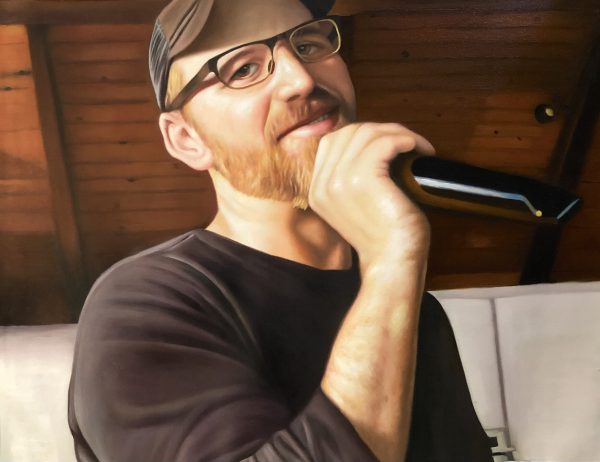
From a technical perspective, the lowest-paid work is generally the easiest: Van Goghs don’t demand as much as Impressionist paintings, which in turn are easier than Neoclassical works. Repetition, a strong network of workers, and efficiency enable Dafen painters to fulfill large wholesale orders. Wong says that the average painter could produce 1-2 paintings a day, but experienced workers could churn out much more by developing shortcuts and custom tools to get desired visual effects.
In the early days, painters in Dafen mainly came from rural farming backgrounds who didn’t have a pathway to a career in the arts. Also, painting was a very different type of creative labor that pushed against stereotypes of what migrant workers could do. If you ask a thousand different painters from Dafen whether they are happy, you will probably get a thousand different answers. Everyone has their own motivations for going there, and what they ultimately want to do.
On the Radar
Dafen painters probably would have continued quietly creating millions of the world’s art replicas with little fanfare, but in the early 2000s it happened to catch the attention of the government of Shenzhen, which by that point had become an epicenter for science and technology. What it lacked, the government observed, was a distinctive culture and sense of social cohesion — in part, it was simply too new for all of that.
The population of Shenzhen had exploded from around 59,000 in 1980 to 7.7 million by the early 2000s, most of whom were migrant workers who came from all over the country with different local customs and even languages and when it came to culture and the arts leadership needed to start from scratch. This wasn’t just unique to Shenzhen — a lot of areas of mainland China had undergone incredibly rapid urbanization, and by the early 2000s the Chinese government was beginning to understand how fundamental cultural and creative industries like the arts, or music were to urban and economic development. Science and technology parks were great for job creation, but they believed that if you wanted to foster a strong society, you needed things like museums, opera houses, and arts districts.
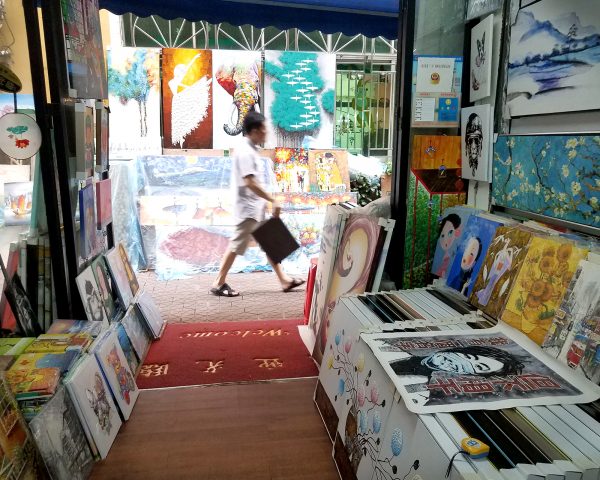
So in order to incubate creative development, the government decided to target interesting regions of the country, like Dafen, and promote them as “cultural hubs.” However, the government wanted to lean away from the image of fake masterpieces because to them, replicating art was not the same thing as creating art. They didn’t want Dafen to settle for being a “copy village,” when it could be a center for original art and creativity. So the goal was to transform Dafen from a copycat village into a legitimate artist district starting with its urban development.
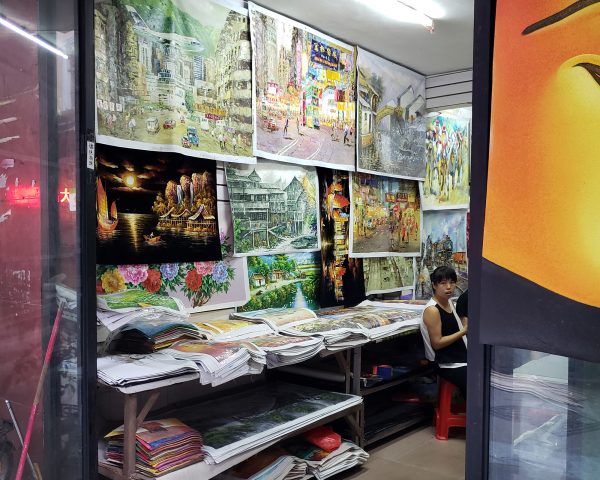
In an effort to overhaul Dafen, the local government paved the roads and updated housing. They also formed artists associations, hosted cultural fairs, and offered incentives to attract art school educated artists in order to bolster the area’s art cred. The local government even took pains to address concerns of copyright infringement in Dafen.
But as Dafen’s profile rose, it didn’t just gain the attention of the local government or artists, it was also starting to catch the attention of the rest of the world. Western media outlets were beginning to catch wind of this small village in China that pumped out hand-painted replicas of Western works of art. The West had been buying these paintings for years, but most people were just now beginning to understand where they came from and who was making them. In the beginning, the international coverage was the opposite of what leadership wanted.
A lot of news coverage focused on the image of an army of factory workers slaving away to pump out counterfeits paintings into the art market. Dafen was being swept up in larger debates about China’s place on the global stage. What was happening there was a complex intermingling of migrant labor, craft, local policy, and globalism, but it was reduced into yet another story about how the West was the source of authenticity and China was ripping it off. Ironically, Dafen painters were being criticized for fulfilling a market that was created by the very people who demanded these paintings.
Of course, art forgery can and does happen in China, but it also happens everywhere. Plus, no one believed that the $30 painting they ordered from Shenzhen was an original Gustav Klimt. These paintings weren’t intended to sit in a gallery or museum, they were meant to spruce up the wall of a conference room.
Dafen Oil Painting Village
By 2008, Dafen had undergone its urban makeover and had even formally changed its name to Dafen Oil Painting Village but it was never quite able to shake its image as the copy capital of the world. It might not have become the bastion for “original” art, but the streets were cleaner, there was a lot more creative energy in the air, and the industry was booming. At least it was until:
In 2008, the global financial crisis rocked Wall Street and reverberated throughout the rest of the world, even reaching the small painting village of Dafen. Before 2008, around 80% of paintings made in Dafen were exported to the West. But the financial crisis had a severe impact on real estate development all over the world. Fewer construction projects meant there were fewer blank walls that required cheap, unobjectionable decoration. Sales in Dafen plummeted by 50%.
But even though business dropped a lot for Dafen, it didn’t disappear completely. With the Chinese real estate boom with a rising middle class within the country, Dafen had a new Chinese market to tap into, which meant there were different artistic styles to cater to — including an increasingly popular array of more modern art. Chris Shi who owns and operates Shenzhen Melga Art based in Dafen Village says that the replicas of classic Western art arn’t even popular anymore. “Just a few customers buy these kinds of paintings, […] most of the customers buy modern art,” says Shi.
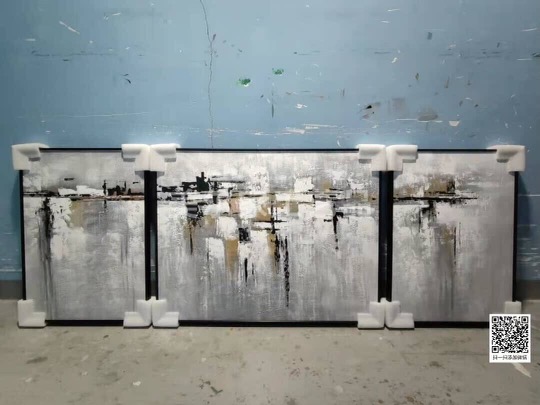
In recent years things have been more challenging in Dafen. Business never fully recovered after the 2008 financial crisis, and a lot of painters and bosses have moved out of the area because gentrification made it a less affordable place to live. The internet has made it possible to work from anywhere, so people have been moving to place with lower costs of living. There isn’t as much reason to have a centralized painting industry anymore.
Arts or Crafts?
Considering all of the nuances surrounding Dafen, it would be tempting to label the work that goes on there as something completely different from fine art. The distinction between individual artistry and mass production has always been blurry. Artists all over the world like Jeff Koonz have quietly used laborers and fabricators in order to execute their grand ideas. Dafen painters actually let us in on that process and show us that relationship in an unambiguous way.
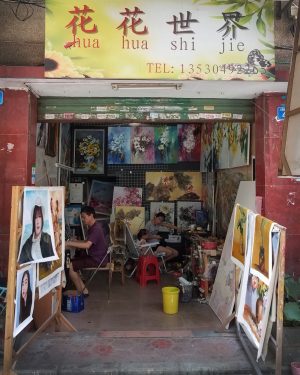
Artist Eddie Colla notes that one “go back to Warhol in the factory,” where he was really more the “architect of the project” while the “labor is being done by multiple people or in multiple places.” A lot of notable artists have actually used Dafen painters sort of like ghostwriters. They come up with the concept, and then outsource that labor to Dafen in order to execute their ideas because it’s efficient.
Eddie thinks that there’s actually something creative and undervalued happening in the mass manufacturing of oil paintings at places like Dafen. He decided to blur the line between production and art even further by incorporating the Dafen copying process into his artwork. In 2018, he conducted an experiment, which started with him asking an painter to copy a graphic and make an oil painting.
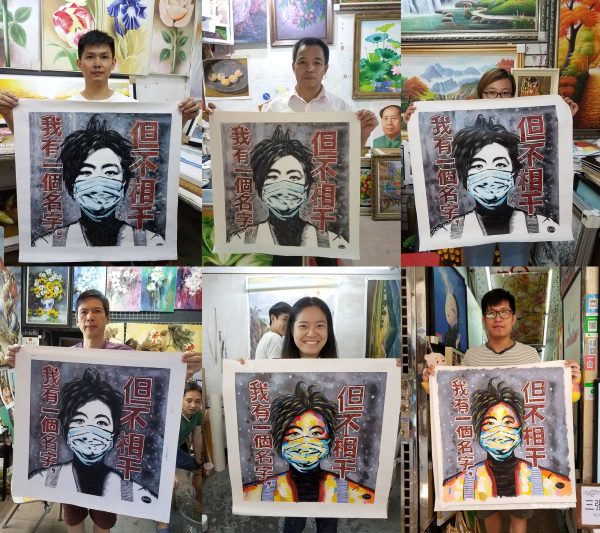
He then kept repeating the process, taking each painting and handing it to another painters to copy. He did this every week for seven weeks, each time bringing the newest copy of the copy of the image, until he was left with six different paintings that all built upon the last version. By the sixth painting the image had changed in a ton of obvious and arguably quite beautiful ways. While the first painting was muted and somber, the sixth and final painting is exploding with color. The subject of the painting even looks like a different person.
One thing that’s overlooked about oil paintings produced in Dafen is that they are not exact copies. Every painting is actually unique because it is done by hand, but we just tend to focus on the similarities and not the differences. Eddie sees this project as a reflection of greater Shenzhen — a place that’s been criticized by the West for copycat culture, when in fact, copying is an essential part of the artistic process. In his interpretation, the “real” art can’t exist without the “fake” art.
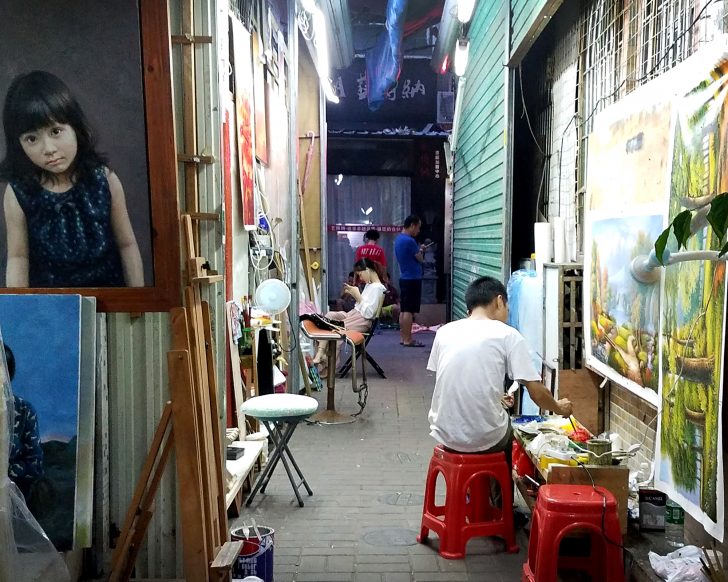
“We always start copying,” says Eddie, and “that’s how learning works. If you learn to play an instrument, they teach you how to play existing songs. They don’t say, well, write the original composition. And so I think that’s exactly the way all things evolve.”
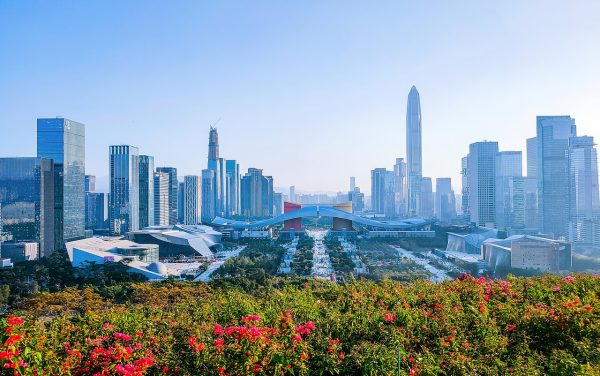
Leave a Comment
Share